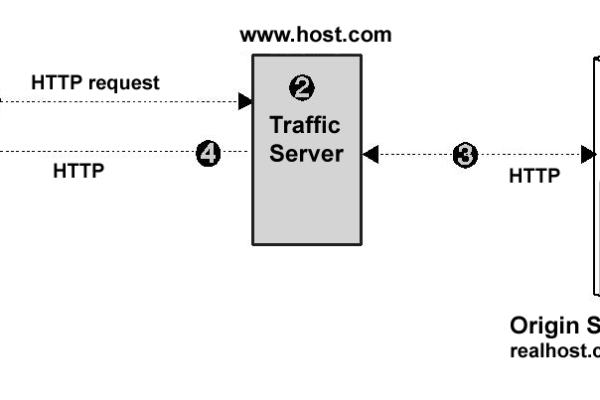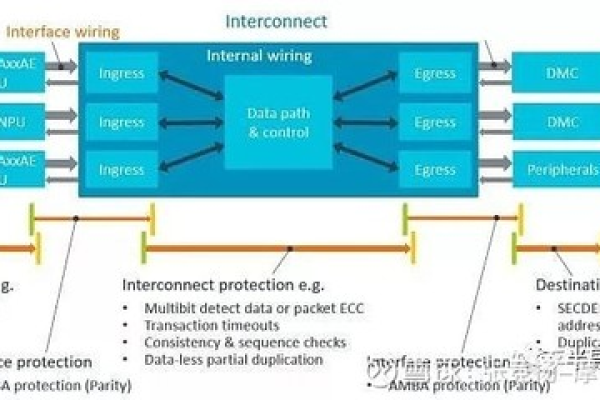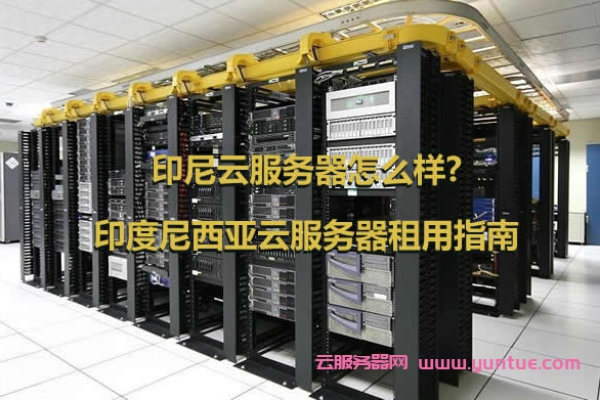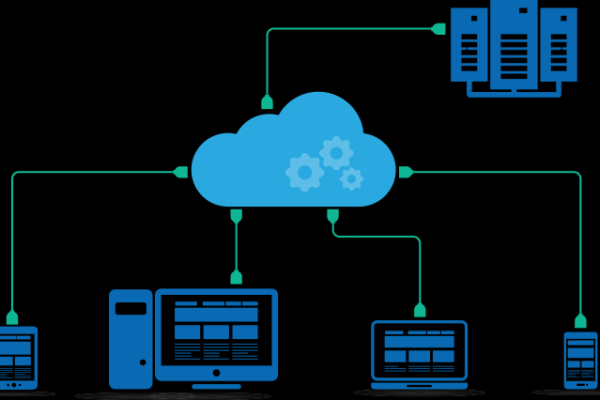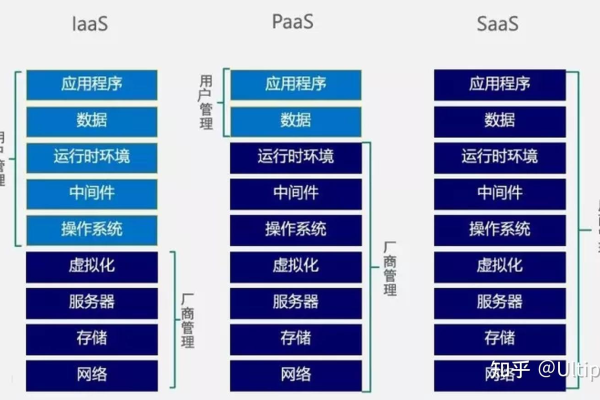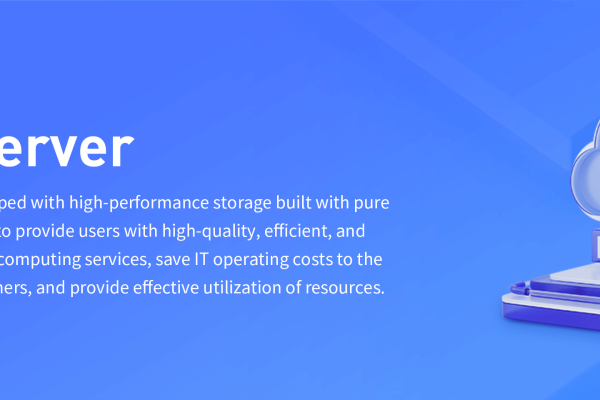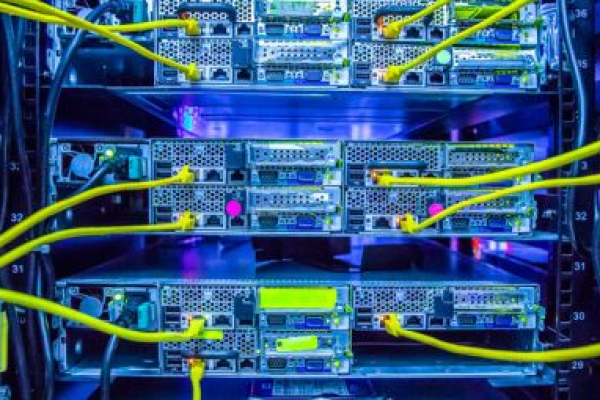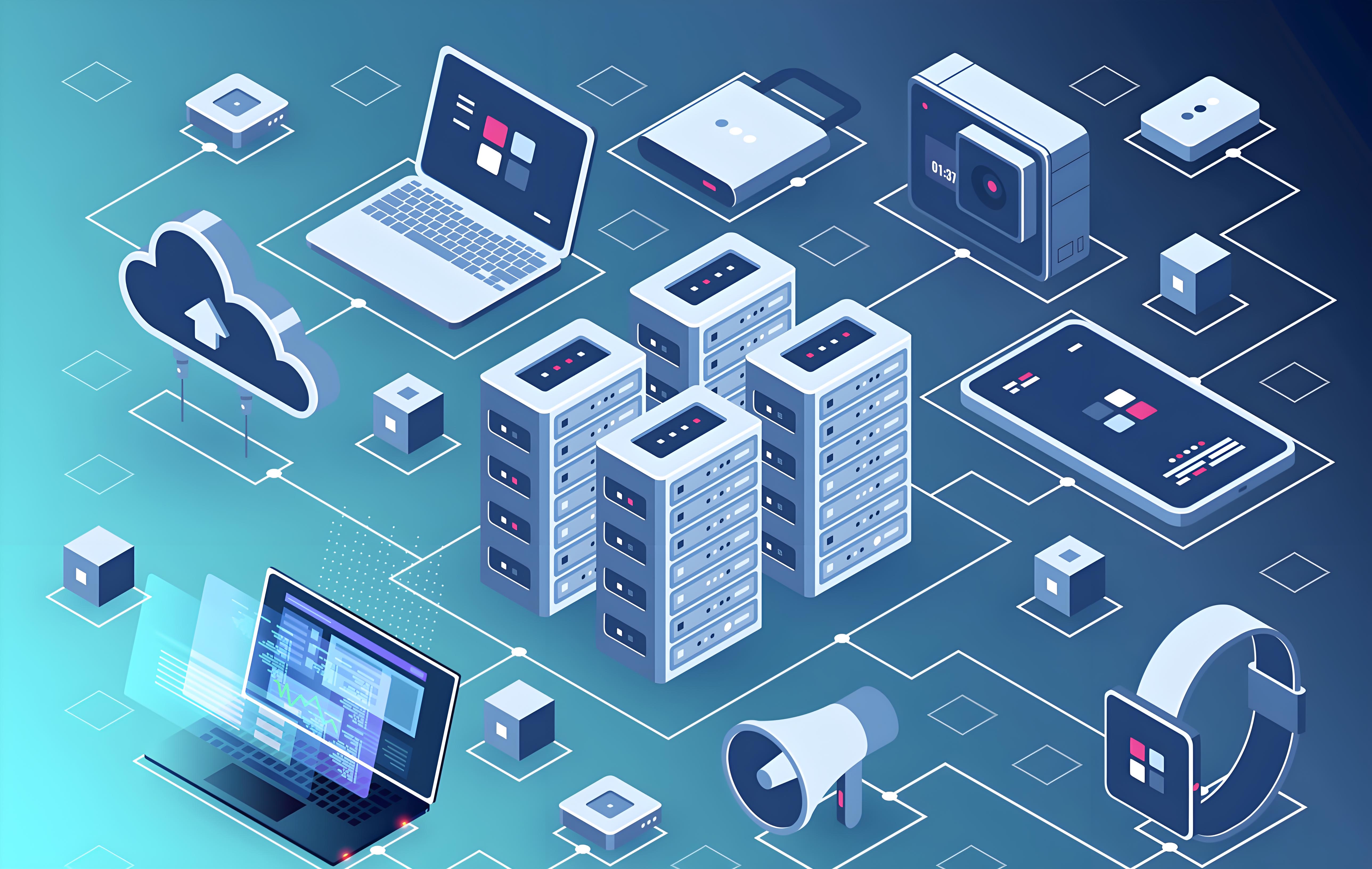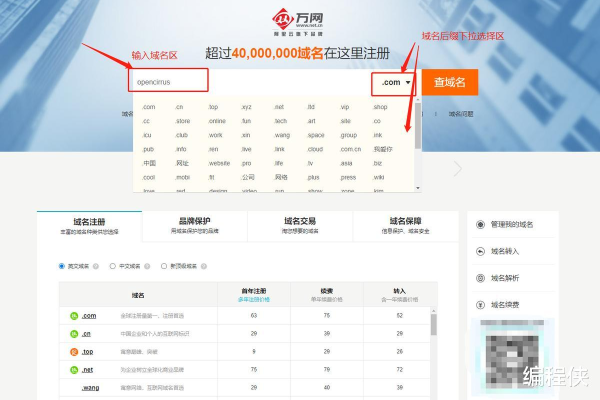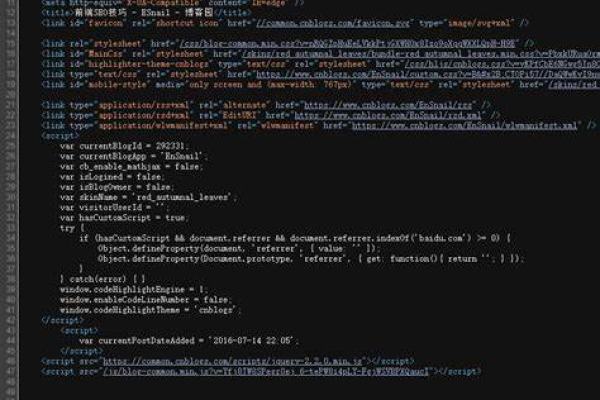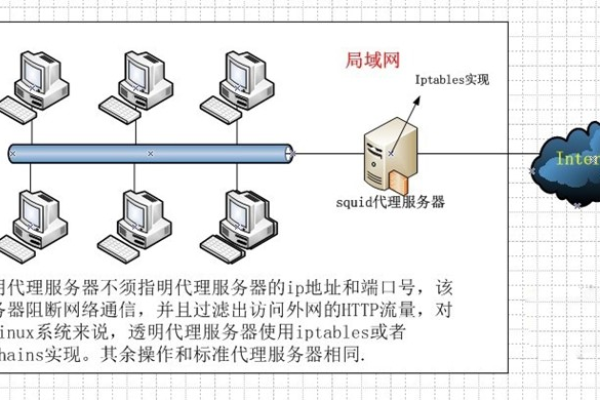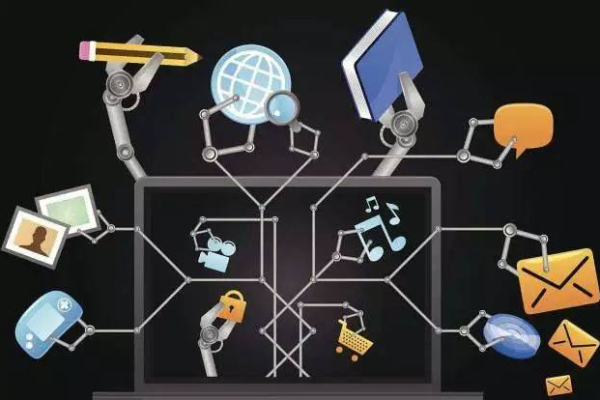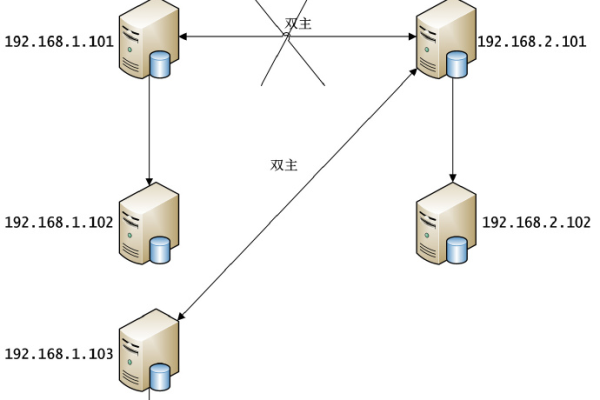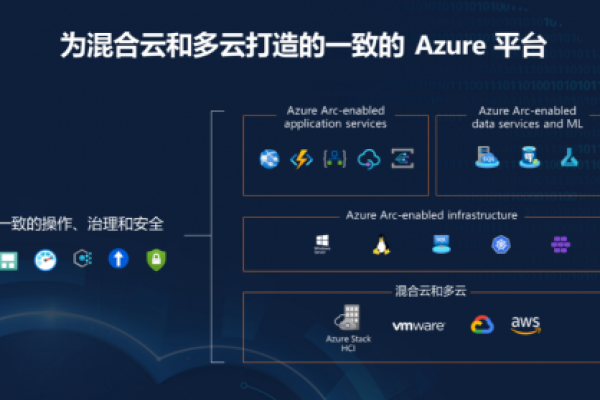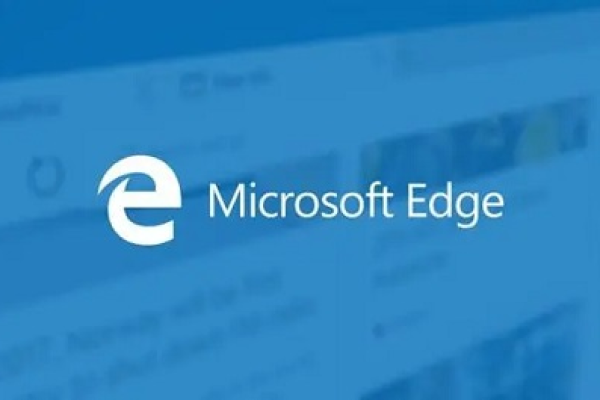服务器硬件在英文中通常被称作 Server Hardware。
- 行业动态
- 2024-10-08
- 3245
服务器硬件的英文名字叫 “server hardware”。
服务器硬件英文名字
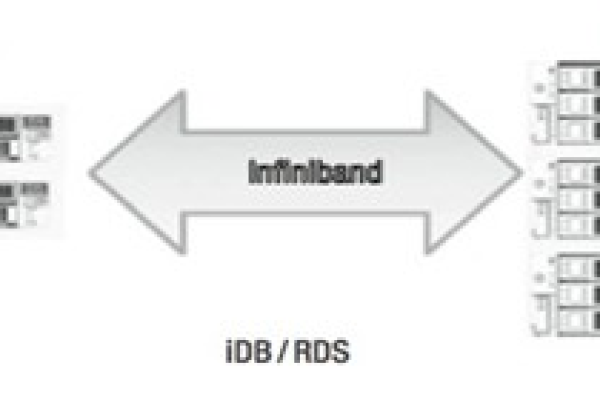
Server Hardware English Names
1、Introduction
In the world of computing, servers play a crucial role in storing, managing, and delivering data to clients across a network. Server hardware refers to the physical components that make up a server, including processors, memory, storage, networking components, and more. This article will explore the various server hardware components and their respective English names.
2、Server Hardware Components
2、1 Central Processing Unit (CPU)
The CPU, also known as the central processing unit or microprocessor, is the brain of the server. It performs calculations and executes instructions for the server’s operating system and applications. Common CPU manufacturers include Intel and AMD.
2、2 Random Access Memory (RAM)
RAM is a type of volatile memory that temporarily stores data and instructions for the CPU to access quickly. It is used to store data that is being processed or used frequently, such as the server’s operating system, applications, and open files. RAM is typically measured in gigabytes (GB).
2、3 Hard Disk Drive (HDD) / Solid State Drive (SSD)
Storage devices are used to store data permanently on the server. There are two main types of storage devices: hard disk drives (HDDs) and solidstate drives (SSDs). HDDs use spinning disks and read/write heads to store data, while SSDs use flash memory to store data. SSDs are faster and more reliable than HDDs, but they are also more expensive.
2、4 Network Interface Card (NIC)
The NIC, also known as a network adapter or Ethernet card, is responsible for connecting the server to the network. It allows the server to send and receive data over the network, enabling communication with other devices and systems.
2、5 Power Supply Unit (PSU)
The PSU provides power to the server’s components, converting AC power from the wall outlet into DC power that can be used by the server’s internal components. The PSU ensures that the server receives a steady and reliable source of power.
2、6 Chassis / Case
The chassis or case is the enclosure that houses the server’s components. It protects the components from physical damage and helps to dissipate heat generated by the server during operation. Chassis come in various sizes and form factors, depending on the server’s intended use and deployment environment.
2、7 Motherboard
The motherboard, also known as the mainboard or system board, is the primary circuit board that houses the server’s key components, such as the CPU, RAM, and expansion slots for additional cards. The motherboard serves as the backbone of the server, allowing the various components to communicate with each other.
2、8 Expansion Cards
Expansion cards, also known as addin cards or peripheral cards, are used to add functionality to the server. Examples of expansion cards include graphics cards, sound cards, and network cards. These cards slot into the motherboard’s expansion slots and provide additional capabilities beyond those offered by the motherboard itself.
2、9 Cooling System
The cooling system is responsible for dissipating heat generated by the server’s components during operation. This is typically achieved through the use of fans, heat sinks, and liquid cooling systems. Proper cooling is essential to ensure the server operates efficiently and reliably.
3、Server Form Factors
Servers come in various form factors, or sizes, depending on their intended use and deployment environment. Some common server form factors include:
3、1 Rack Mount
Rack mount servers are designed to be installed in standard 19inch wide racks, which allows for easy installation, maintenance, and upgrades. These servers are typically used in data centers and enterprise environments.
3、2 Tower
Tower servers are similar in appearance to desktop computers and are designed to be placed on the floor or a desk. They are suitable for small businesses and departmental use cases.
3、3 Blade
Blade servers are a type of rack mount server that consists of multiple individual server modules, known as blades, housed in a single chassis. Blades share common resources, such as power supplies and network connections, which can help reduce costs and improve efficiency.
4、Conclusion
Understanding the various server hardware components and their English names is essential for anyone involved in the IT industry, whether they are deploying, maintaining, or designing servers. By familiarizing yourself with these terms, you can better understand how servers work and how to effectively manage and optimize them for your specific use case.
1、Server Hardware
2、Server Components
3、Server Parts
4、Server Rack Equipment
5、Server Chassis
6、Server Motherboard
7、CPU (Central Processing Unit)
8、RAM (Random Access Memory)
9、Hard Drive (HDD or SSD)
10、Power Supply Unit (PSU)
11、Network Interface Card (NIC)
12、Server Chassis Fan
13、Heat Sink
14、Expansion Cards
15、Storage Devices
这些术语涵盖了服务器的主要硬件组成部分。
本站发布或转载的文章及图片均来自网络,其原创性以及文中表达的观点和判断不代表本站,有问题联系侵删!
本文链接:http://www.xixizhuji.com/fuzhu/28893.html
